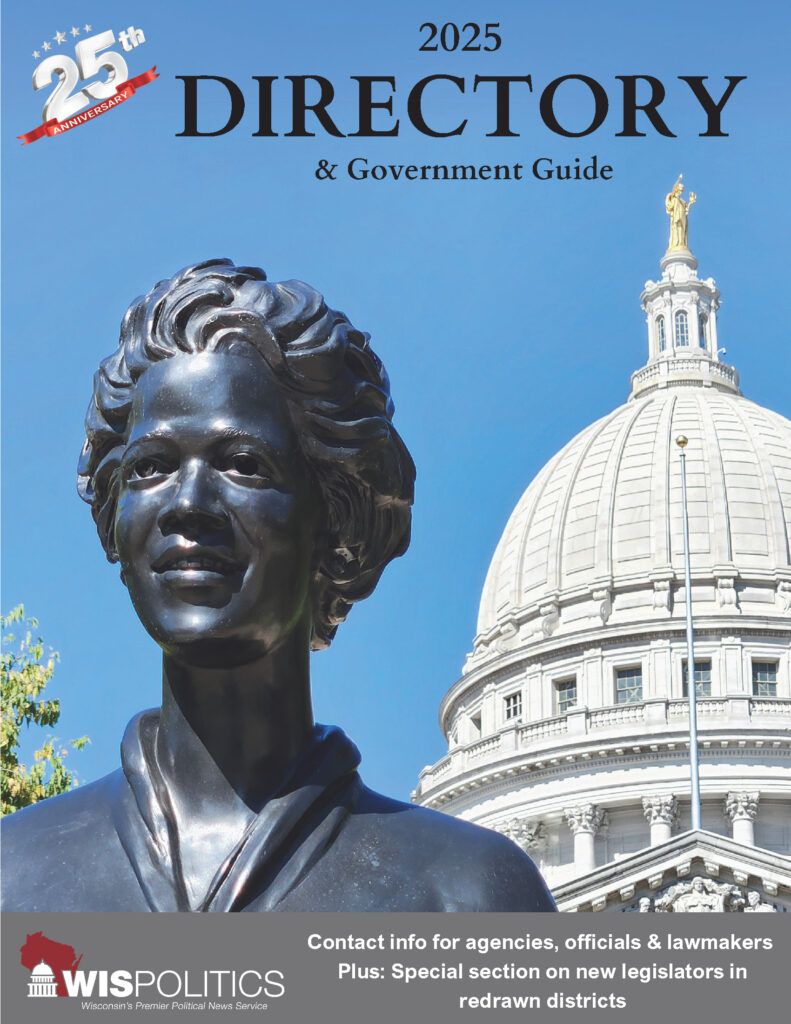MADISON — The Wisconsin Department of Public Instruction today released the 2024-25 school and district accountability report cards.
Produced annually as required by state law, the report cards evaluate schools and districts across four priority areas: Achievement, Growth, Target Group Outcomes, and On-Track to Graduation. Each school or district receives an overall accountability score, which places it into one of five rating categories: Significantly Exceeds Expectations (five stars), Exceeds Expectations (four stars), Meets Expectations (three stars), Meets Few Expectations (two stars), and Fails to Meet Expectations (one star).
Achievement and Growth measures are weighted according to each district or school’s percentage of economically disadvantaged students, per state law. Each report card uses multiple years of data with recent years weighted more heavily.
Over the summer, a group of 26 education leaders convened in a public meeting to review data and discuss updates to the performance benchmarks used for determining overall accountability ratings. The group’s recommendations were adopted by the state superintendent, following a 25-1 vote in support. Because of these updates, overall accountability scores for 2024-25 cannot be directly compared to prior years, though the underlying data remain comparable. These report cards establish a new baseline for measuring school and district performance. Additional information about the report card standard setting is available on the DPI’s website. A summary of statewide results can be found below:
- Public districts: Of the 378 public school districts receiving report cards, 355 (94 percent) met, exceeded, or significantly exceeded expectations. District report cards are not produced for districts representing a single school; in these cases, only a school report card is issued.
- Public schools: The DPI produced 1,920 scored public school report cards. Of those, 1,625 (85 percent) met, exceeded, or significantly exceeded expectations. An additional 141 schools received alternate accountability ratings due to limited data.
- Private Choice schools: Among the 436 private schools participating in a Private School Choice Program, 161 (85 percent of scored Choice report cards) met, exceeded, or significantly exceeded expectations. Fifty-seven percent (247 schools) were not scored due to insufficient data — typically because of small student populations or low test participation rates among Choice students.
School and district report cards are available on the DPI’s website. The department encourages families, educators, and community members to review not only the summary page, but also the detailed data that follow — broken down by student group and year — to identify trends and better understand performance at the group, school, and district levels. Additional information and resources related to report cards can also be found on the DPI’s website.



